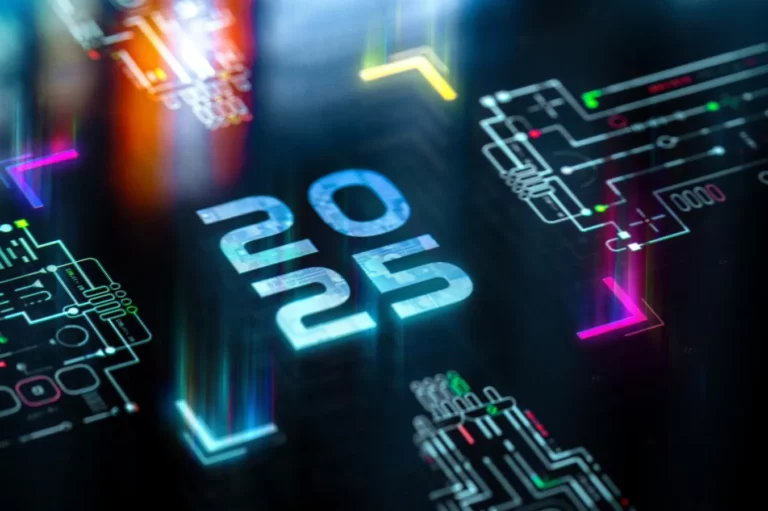The machines are learning the language of finance — and the first jobs they’re coming for are the ones that trained them.
The $150-an-Hour Irony
According to a recent Financial Times article by Christian Meissner, a former global head of equity capital markets at Bank of America, OpenAI has hired over 100 former bankers from institutions such as Goldman Sachs and JPMorgan, paying them $150 per hour to train its financial modeling systems — more than many earned doing the job itself.
It’s a delicious irony: the analysts who once lived inside Excel are now teaching their replacements how to think in formulas. Meissner’s piece captures a turning point — one where “revenge of the nerds” gives way to revenge of the algorithms.
Source: Christian Meissner, “AI threatens to upend investment banking’s ‘revenge of the nerds’ logic,” Financial Times
From PowerPoint Wizards to Prompt Engineers
For the last two decades, the ideal junior banker has been defined by precision, endurance, and mastery of Excel and PowerPoint — not by creativity or strategic flair. These were the “workhorses” who did 80-hour weeks formatting pitchbooks and running discounted cash flow analyses.
But AI can now replicate much of that grind. Machine learning models can already generate scenario analyses, update valuation models, and detect anomalies in financial statements faster — and often more accurately — than human analysts.
This shifts the differentiator from technical execution to judgment and narrative.
When every model is instantly perfect, the real value is knowing which model matters.
The Pyramid Cracks
Investment banking has always been built on an apprenticeship structure: armies of juniors support a few managing directors. But if AI can compress that middle layer, the pyramid starts to crack.
Why employ a dozen analysts to build a model when an AI system can do it in seconds under the supervision of one “managing analyst”? The implications go beyond efficiency:
- Cost pressure on traditional banks will rise as boutiques adopt leaner, AI-augmented teams.
- Training pipelines for future dealmakers could collapse, as there’s no “grunt work” left to learn the ropes.
- Client trust may hinge less on outputs and more on the human interpretation of machine logic.
This isn’t just about productivity — it’s about the erosion of the profession’s culture, which has long rewarded stamina over wisdom.
Reinvention or Redundancy
Meissner notes that AI won’t eliminate junior bankers overnight, but will demand reinvention. Tomorrow’s analysts may resemble AI auditors — professionals who test assumptions, validate data, and translate machine-generated insights into persuasive client narratives.
This hybrid skill set — combining quantitative rigor with communication and contextual judgment — could redefine what “banking talent” means. The next generation won’t be spreadsheet jockeys but strategic interpreters.
Or, as one managing director quipped recently:
“The future banker isn’t the one who knows every Excel formula — it’s the one who knows when the AI is lying.”
The Broader Signal: Knowledge Work Is Next
Investment banking is simply the canary in the spreadsheet mine. Similar patterns are emerging in consulting, law, accounting, and venture capital — fields where technical analysis once created the moat. As generative AI learns each domain’s “grammar of logic,” judgment and persuasion become the final human frontiers.
In a sense, banking’s transformation is a preview of knowledge work 2.0, where automation doesn’t just remove tasks — it redefines the shape of expertise.
Looking Ahead
If AI can model every scenario but can’t yet read a room, the future banker must be both data fluent and emotionally intelligent. The financial industry’s next wave of value creation will depend on those who can bridge the machine’s precision with the client’s trust.
The analysts who survive won’t be those who build the best models — but those who give them meaning.
Follow Tomorrowist for more insights on innovation, deep tech, and value creation.





